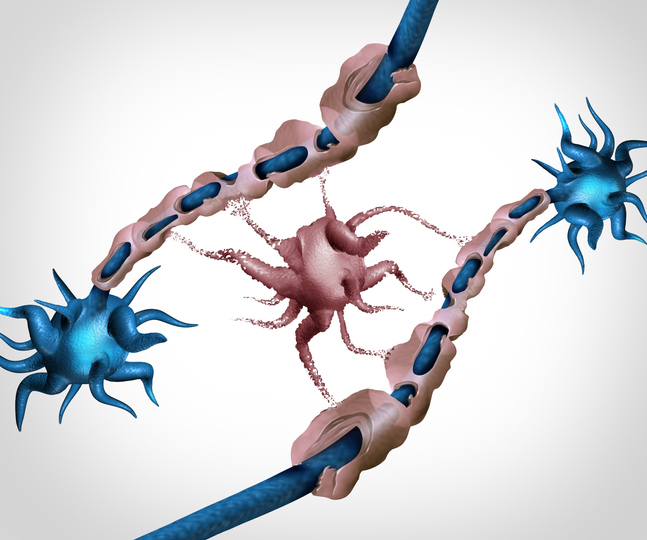
A randomized, controlled trial, published in the Journal of Medical Internet Research, evaluated a digital cognitive-physical intervention as a therapeutic option for children with attention-deficit/hyperactivity disorder (ADHD).
The study assessed BrainFit, which combines gamified cognitive and exercise training, as a digital intervention to reduce ADHD symptoms and improve executive function in school-aged children (ages 6-12). BrainFit utilizes an augmented reality (AR)-based interactive software. Exercise therapy is conducted using both touchscreen and AR motion interaction, with task difficulty modifications depending on performance.
Ninety children were enrolled and randomized 1:1 to either the BrainFit intervention or a waitlist control. The study was conducted over 4 weeks, with 3 30-minutes sessions delivered on an iPad per week. Eighty (88.9%) children completed the study. The primary outcomes were parent-rated symptoms of attention and hyperactivity, rated using the Swanson, Nolan, and Pelham questionnaire (SNAP-IV), and executive function skills, rated using the Behavior Rating Inventory of Executive Function (BRIEF) scale.
The average age was 8.4 years, and 78.8% of participants were male. Hyperactive/impulsive was the most common ADHD subtype (68%). Twenty-nine percent of participants had severe symptoms.
Overall, ADHD symptoms (SNAP-IV total score) were significantly more improved in the intervention group compared with the control (P<.001). The authors noted this improvement was primarily due to lower scores on the inattention, hyperactivity/impulsivity, and oppositional defiant disorder subscales (all P<.001). Regarding executive function outcomes, use of BrainFit was associated with a significant reduction in the BRIEF Metacognition Index (P=.006) and Global Executive Composite (P=.003).
“To our knowledge, this is the first study combining cognitive training and exercise therapy, 2 effective interventions for elementary and middle school-aged children with ADHD,” the authors noted. “Findings from this study provide evidence that a digital cognitive-physical intervention could be a promising nonpharmacologic treatment for ADHD.”
Regarding limitations, they acknowledged the fact that the study was conducted in a single center with a limited sample size. The researchers also did not control for factors such as ADHD medication use, ADHD subtype, and age distribution. Additionally, as outcomes were measured immediately following the 4-week intervention, long-term outcomes were not assessed. They called for a dose-finding study to assess different frequencies of sessions.







 © 2025 Mashup Media, LLC, a Formedics Property. All Rights Reserved.
© 2025 Mashup Media, LLC, a Formedics Property. All Rights Reserved.